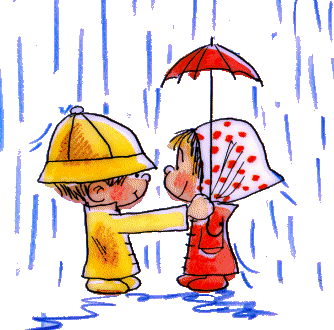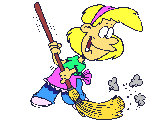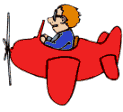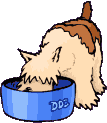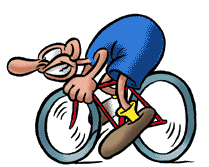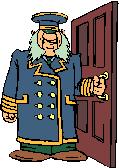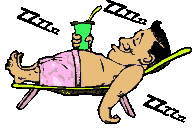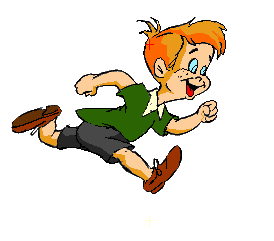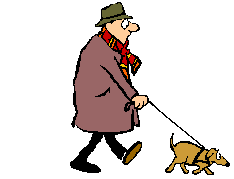Use the Present Continuous with Normal Verbs to express the idea that something is happening now, at this very moment.
Spelling of Verb + ING
For many verbs we make the ING form by simply adding -ING to end of the verb.
- eat – eating
- speak – speaking
- cook – cooking
- start – starting
- do – doing
- stay – staying
- fix – fixing
- try – trying
Verbs ending with -e (with the exception of verbs ending in -ee and -ie)
Drop the -e and add ING
- hope – hoping
- ride – riding
- make – making
- write – writing
Verbs ending with -ee
Just add -ING
- agree – agreeing
- flee – fleeing
- see – seeing
Verbs ending with -ie
Change the -ie to -y and add -ING
- die – dying
- tie – tying
- lie – lying
Verbs ending with one vowel and one consonant (with the exception of w, x, and y)
For one syllable verbs
double the consonant and add -ING
- jog – jogging
- sit – sitting
- run – running
- stop – stopping
For two syllable verbs
If the 1st syllable is stressed, just add ING
- answer – answering
- offer – offering
- listen – listening
- visit – visiting
If the 2nd syllable is stressed , double the consonant and add ING
- admit – admitting
- prefer – preferring
- begin – begining
NOW, THE DIFFERENCE BETWEEN THE PRESENT SIMPLE AND PRESENT CONTINUOUS IS, PRESENT SIMPLE IS FOR ROUTINES, THINGS THAT YOU ALWAYS, USUALLY, SOMETIMES DO, WITH A FREQUENCY OF TIME, THAT IS WHY THE ADVERB OF FREQUENCY GOES WITH PRESENT SIMPLE.
THEN, PRESENT CONTINUOUS IS AN ACTION I DO RIGHT NOW, AT A PERIOD OF TIME, AND AFTER THAT, IT ENDS.
http://englishteacherdotme.wordpress.com/tag/present-simple-or-present-continuous/





